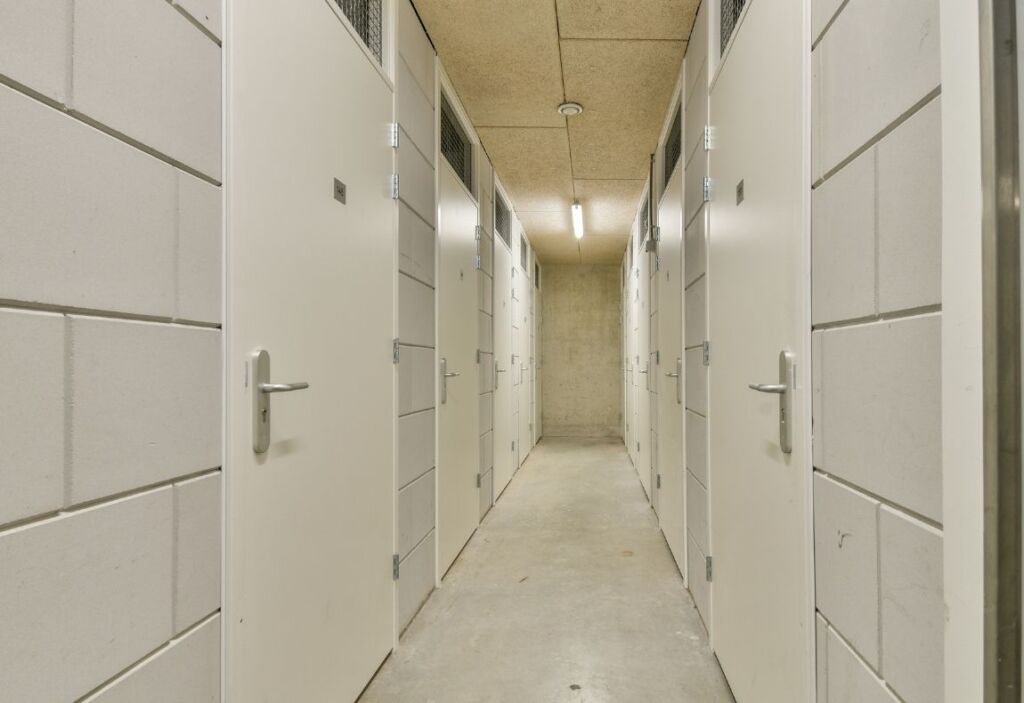Renting a storage unit can be a game-changer when you’re moving, downsizing, renovating, or simply running out of space at home. But one of the most important—and often overlooked—decisions is choosing the right size. Select something too small, and you’ll struggle to fit everything in; go too big, and you’ll be paying for unused space.
Finding that perfect balance is both an art and a science. This guide will walk you through how to determine the right storage unit size for your needs, along with practical examples, cost considerations, and tips from professional movers.
Why Storage Size Matters
The size of your storage unit directly impacts:
- Cost – Larger units cost more per month.
- Accessibility – Overstuffed units make it hard to retrieve items.
- Organization – The right size allows for aisles, stacking, and labeling.
“Choosing the right unit size saves money and keeps your belongings accessible. We often help clients downsize their storage needs just by packing strategically,” says Alex I., senior coordinator at A-Z Moving’s Storage Services.
Step 1: Make an Inventory of Your Items
Before you look at size charts, write down exactly what you plan to store. Include:
- Furniture pieces (measure them if possible)
- Boxes and containers
- Appliances
- Seasonal equipment (bikes, skis, lawn mowers)
- Special items like pianos or artwork
If you’re unsure how to pack efficiently, professional packing services can help optimize space.
Step 2: Understand Common Storage Unit Sizes
While sizes can vary between facilities, most storage providers offer standard dimensions.
5×5 Unit (25 sq. ft.)
Roughly the size of a small closet. Fits:
- Small furniture (nightstand, chair)
- Several medium boxes
- Seasonal décor
5×10 Unit (50 sq. ft.)
Similar to a walk-in closet. Fits:
- Twin or full-size mattress
- Small sofa or chairs
- 10–15 boxes
10×10 Unit (100 sq. ft.)
About the size of a small bedroom. Fits:
- One-bedroom apartment furniture
- Appliances like a fridge or washer
- 20–30 boxes
10×15 Unit (150 sq. ft.)
Ideal for storing contents of a larger apartment. Fits:
- Multiple bedroom sets
- Dining room furniture
- Large appliances
10×20 Unit (200 sq. ft.)
Comparable to a one-car garage. Fits:
- Contents of a small house
- Multiple large appliances
- Outdoor furniture
10×30 Unit (300 sq. ft.)
Suitable for a large home or commercial storage. Fits:
- Entire household contents
- Vehicles or small boats
- Extensive business inventory
Step 3: Factor in How You’ll Access Your Items
If you’ll need to retrieve items regularly, leave space for aisles or a walkway inside the unit. This prevents having to unload half the unit every time you need something.
Movers experienced in single-item moving can help organize and position your belongings for easy access.
Step 4: Consider Climate Control
For sensitive items like wooden furniture, electronics, artwork, or musical instruments, a climate-controlled unit may be essential. This feature typically costs more but prevents damage from humidity or temperature changes.
“We’ve seen pianos, paintings, and electronics ruined because they were stored in non-climate-controlled units during Toronto’s extreme weather,” notes David K., relocation specialist at A-Z Moving.
Step 5: Plan for the Future
If you expect to add more items later—perhaps from a home renovation or downsizing a family member’s belongings—choose a slightly larger unit to accommodate growth. It’s often cheaper to upgrade upfront than to move everything to a bigger unit later.
How Movers Can Help with Storage Unit Selection
Professional movers like A-Z Moving can:
- Measure your furniture and estimate the required square footage
- Disassemble large pieces to fit into smaller units
- Load the unit efficiently to maximize space usage
- Transport items to and from storage when needed
This is especially valuable for short-term storage during a move, where timing and organization are crucial.
Common Mistakes When Choosing a Storage Unit
- Underestimating volume – Forgetting about irregularly shaped items or future additions
- Overestimating needs – Paying for unused space for months
- Ignoring accessibility – Not leaving room for walking or rearranging items
- Skipping insurance – Not protecting valuable stored goods
Quick Reference: Storage Size Recommendations
- Few boxes & small items – 5×5 unit
- Studio or small apartment – 5×10 to 10×10 unit
- One to two-bedroom apartment – 10×10 to 10×15 unit
- Two to three-bedroom house – 10×20 unit
- Large home or commercial use – 10×30 unit
If your situation involves specialty items like a piano, commercial equipment, or fragile antiques, consult with piano movers or specialty moving teams for packing and storage guidance.
Final Thoughts
Choosing the right storage unit size is about more than just guessing how much space you’ll need—it’s about maximizing efficiency, protecting your belongings, and saving money in the long run. By making an inventory, understanding standard sizes, and planning for accessibility, you can find a unit that fits your needs perfectly. And with the help of an experienced Toronto moving company like A-Z Moving, your storage solution can be as seamless and stress-free as the rest of your move.
Similar Posts

How Much Does a Move Cost in Toronto (2025)? – Full Moving Price Guide
If you’re planning a move in 2025, one of the first questions is: “How much does moving cost in Toronto?”The short answer: it depends on your home size, distance, and the type of service you need. This guide breaks down everything — from hourly rates to hidden fees — so you know exactly what to […]

Why It’s Worth Hiring Movers for Just One Item
When most people think of hiring movers, they picture a full household relocation with boxes stacked high and a moving truck packed to the brim. But sometimes, the job is much smaller—moving just a single, heavy, fragile, or valuable item. Whether it’s a piano, an antique cabinet, a commercial appliance, or a large sofa that […]

Surviving the 14th Floor: Tips for High-Rise Moves in Toronto
Moving into or out of a high-rise building in Toronto can present unique challenges. At AZ Moving, we specialize in residential moving and understand the intricacies involved. Here’s an extensive guide filled with tips to help you survive a high-rise move. Understanding Your Building’s Rules Before moving day, familiarize yourself with your building’s moving policies. […]







